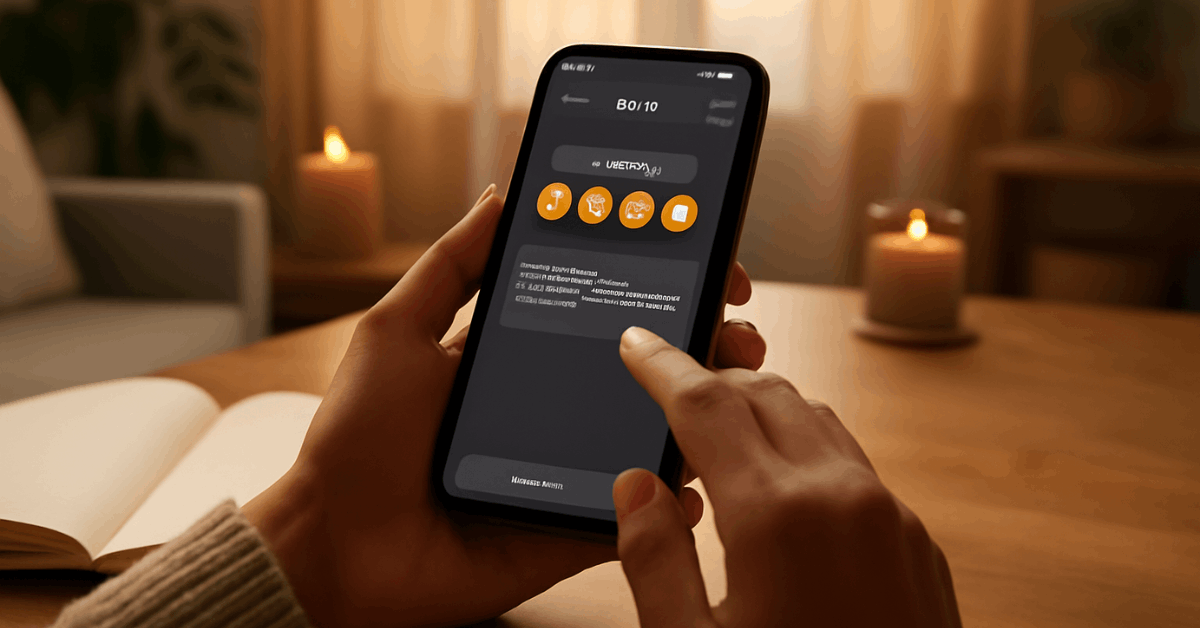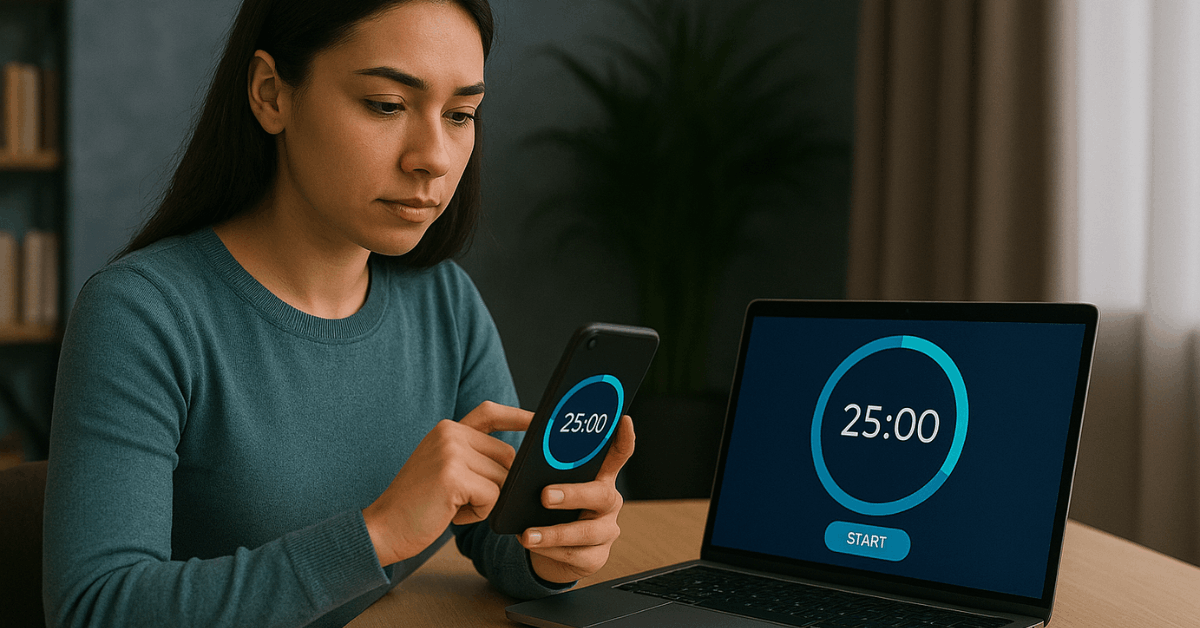Organiser un voyage manuellement peut entraîner des oublis et du stress de dernière minute. Les applications de planification de voyage simplifient les démarches et centralisent tous vos plans.
Ces outils allègent la charge mentale et rendent votre expérience de voyage plus agréable. Vous n’aurez plus à gérer vos e-mails, billets et plannings sur différentes plateformes.
Pourquoi utiliser des applications de planification de voyage ?
Organiser un voyage manuellement peut entraîner des oublis et du stress de dernière minute. Les applications de planification de voyage simplifient les tâches et regroupent tous vos plans au même endroit.
Ces outils permettent de réduire la charge mentale tout en améliorant votre expérience de voyage. Fini les jonglages entre e-mails, billets et horaires sur plusieurs plateformes. Une bonne application de voyage vous donne un accès immédiat à vos réservations, cartes et itinéraire.
Certaines proposent même des fonctionnalités innovantes comme des alertes et des listes de bagages. Les bons outils transforment une organisation stressante en un voyage tout en fluidité. Avec les applications adaptées, votre aventure commence sans stress.

Les meilleures applications pour organiser vos voyages
De nombreuses applications permettent de réduire le stress lié aux déplacements, mais seules quelques-unes sortent vraiment du lot. Ces outils s’occupent de tout, des vols et hôtels jusqu’à la préparation des bagages et les arrêts lors des road trips.
TripIt
TripIt est l’une des applications les plus populaires pour gérer vos itinéraires de voyage. Elle crée des plans détaillés en scannant vos e-mails de confirmation. Vous voyez ainsi toutes vos réservations dans un tableau de bord clair et organisé.
Elle fonctionne aussi hors ligne, vous êtes donc couvert même sans Wi-Fi. TripIt propose également des fonctionnalités comme la synchronisation du calendrier et des alertes de vol en temps réel.
Vous pouvez accéder à des cartes, des itinéraires et même des scores de sécurité pour chaque ville. Vous pouvez télécharger TripIt gratuitement sur Google Play ou l’App Store. C’est une option fiable aussi bien pour les voyageurs occasionnels que pour les grands voyageurs.
Outils Google Travel
Google Travel regroupe des fonctionnalités provenant de Gmail, Google Maps et la Recherche. Vos réservations apparaissent automatiquement dans Google Travel. Il vous aide à suivre facilement vos vols, hôtels et locations de voiture.
Vous pouvez aussi trouver des suggestions de restaurants et des attractions touristiques à proximité—l’application se synchronise automatiquement sur tous vos appareils sans configuration supplémentaire. Avec Google Maps, vous profitez de la navigation en temps réel et de mises à jour des transports.
Cet écosystème d’applications couvre la plupart de vos besoins sans frais supplémentaires. Vous pouvez télécharger les outils Google Travel via les applications Google Maps et Gmail, aussi bien sur Google Play que sur l’App Store.
Hopper
Hopper est idéal si vous souhaitez économiser de l’argent et réduire le stress lié aux prix des vols. L’application prédit les variations des tarifs et vous indique le meilleur moment pour acheter. Vous trouverez des calendriers codés par couleur pour repérer facilement les jours les moins chers pour voyager.
Vous recevrez des notifications dès qu’une bonne affaire approche. Hopper vous permet aussi de geler les prix le temps de réfléchir. L’application fonctionne aussi avec les hôtels et la location de voitures.
Cette application enlève toute incertitude lors de la réservation. Hopper est disponible en téléchargement sur Google Play et l’App Store. Pour plus d’informations, rendez-vous sur Hopper, Hopper sur Google Play ou sur l’App Store.
Roadtrippers
Si vous prévoyez un road trip, Roadtrippers vous aide à construire votre itinéraire. Vous pouvez ajouter des arrêts pour les attractions, les restaurants et les stations-service. L’application vous indique combien de temps et de carburant chaque détour vous coûtera.
L’application suggère aussi des perles rares selon vos centres d’intérêt. Avec Roadtrippers Plus, vous pouvez ajouter un nombre illimité d’arrêts. C’est idéal pour les voyageurs longue distance ou les voyages en famille.
L’application est disponible sur Google Play et l’App Store. Vous pouvez télécharger Roadtrippers facilement sur les deux plateformes. En savoir plus sur Roadtrippers ou directement sur Google Play.
PackPoint
PackPoint vous aide à créer une liste de bagages intelligente, adaptée à votre voyage. L’application vous demande la destination, la durée du séjour et les activités prévues. Elle consulte aussi la météo et suggère ce qu’il faut emporter.
Vous pouvez créer des listes séparées pour les voyages professionnels ou personnels. Elle évite la surcharge et vous assure de ne rien oublier d’essentiel. PackPoint enregistre vos préférences pour vos voyages à venir.
Disponible sur Android et iOS. Découvrez toutes les fonctionnalités sur PackPoint ou téléchargez l’application sur Google Play ou sur App Store.
Kayak
Kayak est une application tout-en-un pour les vols, les hôtels et la location de voitures. Elle compare plusieurs sites de voyage pour vous trouver les meilleures offres. Vous pouvez créer des alertes pour être informé des changements de prix et de la disponibilité.
L’application propose des outils d’itinéraires, des cartes et un suivi de vols. Elle vous aide aussi à explorer des aéroports alternatifs ou d’autres dates de voyage.
Kayak simplifie la recherche grâce à des filtres et une présentation claire. Elle est facile à utiliser et fiable. Rendez-vous sur Kayak ou téléchargez l’application via Google Play ou App Store.
Skyscanner
Skyscanner est idéal pour trouver rapidement des vols pas chers. Il compare les compagnies low-cost et premium du monde entier. Vous pouvez filtrer par prix, durée et escales.
L’outil de dates flexibles affiche les jours les moins chers pour voyager. Vous pouvez aussi créer des alertes pour être informé des baisses de prix.
Il permet aussi de réserver des hôtels et des voitures. L’application est reconnue pour sa rapidité et sa fiabilité. En savoir plus sur Skyscanner ou téléchargez-la sur Google Play ou App Store.
Sygic Travel
Sygic Travel vous aide à organiser un itinéraire complet jour par jour. L’application vous indique les distances entre les lieux et le temps nécessaire pour s’y rendre.
Elle suggère également les attractions les plus populaires et vous permet de planifier vos visites intelligemment. Vous pouvez télécharger des plans de ville et des guides pour une utilisation hors ligne.
L’application convient aussi bien aux explorateurs urbains qu’aux voyageurs du monde. Sygic Travel est disponible en téléchargement sur Google Play, l’App Store, ou visitez le site Sygic Travel pour plus d’informations.

Quelles fonctionnalités réduisent le stress lié au voyage ?
Toutes les applications de voyage ne se valent pas. Les meilleures proposent des fonctionnalités qui vous facilitent la vie lorsque vos plans changent ou que vous perdez la connexion.
Points clés à privilégier
Chacun de ces éléments ajoute de la praticité et réduit l’incertitude. Quand une application remplit tous ces critères, votre stress lié aux voyages diminue considérablement.
- Accès hors ligne : Vous permet de rester organisé même sans connexion Wi-Fi.
- Mises à jour en temps réel : Changements de vol ou rappels pour l’enregistrement à l’hôtel.
- Synchronisation automatique : Tous vos appareils sont à jour.
- Interface intuitive : Simple à utiliser quand vous êtes pressé.
- Notifications intelligentes : Alertes opportunes concernant les retards, la météo ou l’itinéraire.
Comment utiliser ces applications efficacement ?
Posséder ces applications ne suffit pas si vous ne les exploitez pas correctement. Il est important de bien vous préparer à l’avance et de vous appuyer sur leurs fonctionnalités clés.
Conseils Pratiques
Avec la bonne configuration, vos applications de voyage deviennent un véritable assistant numérique. Elles s’occupent des petits détails pour que vous puissiez vous concentrer sur l’expérience.
- Synchronisez vos réservations dans une seule application d’itinéraire, comme TripIt.
- Activez les alertes et les notifications push pour des informations en temps réel.
- Établissez vos listes de bagages avec PackPoint au moins deux jours avant le départ.
- Téléchargez des cartes hors ligne et les informations de votre hôtel avant de prendre l’avion.
- Préparez des itinéraires flexibles qui prévoient des marges de manœuvre.
Rendez votre prochain voyage sans stress
Un voyage sans stress commence avec les bons outils et une planification efficace. Les applications de planification de voyage présentées ici couvrent la préparation des bagages, la navigation, les réservations et les économies.
Chacune d’elles contribue à rendre votre voyage plus fluide. Commencez à utiliser ces applications dès que possible et restez informé tout au long de votre séjour.
















